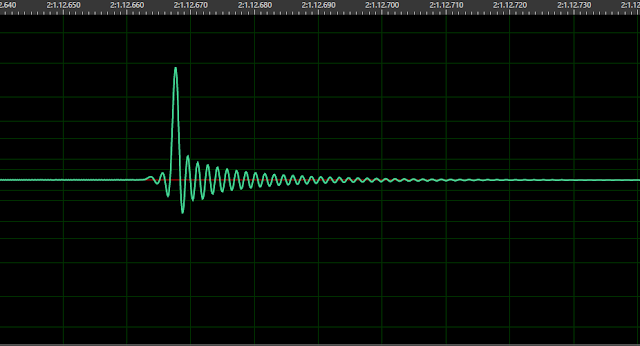@amirm I didn't even notice the um's - the video was great, I feel a lot of people actually know what the graphs mean now after this video.The ums drove me nuts after I watched it.Was not aware of it at all while doing the video. And yes, having to edit would be a killer and reduce the number I can do by a large factor.
'Moar' Videos Please

